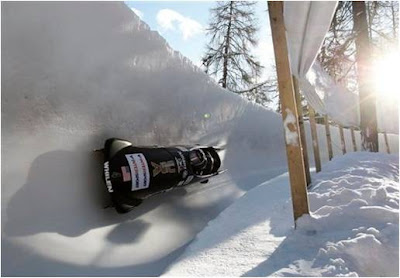 Commodity Classic
Commodity Classic is coming up fast! It's set for March 1-3 in Nashville. The trade show is already sold out, hotels are filling up quick and rumor has it registrations have already set a record.
If you're new to Commodity Classic, this is the 17th one, and it's where corn, soybean, wheat and sorghum growers come to get the inside
scoop on what’s new from the people who make it happen. It's America’s
largest farmer-led, farmer-focused convention and trade show.
"Commodity Classic is unlike any other agricultural event," said
Commodity Classic co-chair Martin Barbre. "This is where something as
simple as a casual conversation with another grower can lead to
ground-breaking and money-making improvements on the farm."
There is a wide variety of educational
sessions scheduled, many networking opportunities and a sold-out trade show with more
than 960 booths displaying the newest technology, equipment, ideas and
innovations in agriculture.
"If you want to know where agriculture is headed, this is the place
to be," Barbre said, adding that "2012 will be a
sound success for growers who attend Commodity Classic with the solid
foundation they’ll build after learning about the issues and
advancements affecting their operation this year."
Commodity Classic is presented annually by the
National Corn Growers Association,
American Soybean Association,
National Association of Wheat Growers and
National Sorghum Producers.
Commodity Classic is open to all friends of soybeans, corn, wheat and
sorghum, from growers to member associations to agribusiness to farm
media. This is the one-of-a-kind, can't-miss, brain-engaging event for
America's farmers!
Here's just a taste what you'll experience at Commodity Classic:
Get the inside scoop on what's new: Many innovative and thought-provoking
educational sessions are available -- and you don't have to sign up in advance. Just drop in on any of
the sessions that interest you. Between these sessions and the trade
show, you'll hear every detail about "what's next" straight from the
horse's mouth—and you'll have the chance for dialogue and questions.
Go one-on-one with top ag and industry leaders: You'll have the opportunity to meet and hear
people who are leading the charge—and leading the change—in agriculture.T hought leaders in agriculture share innovation,
insight and information. From policy to production practices, from
innovation to insight—you experience it all.
Be among the first to see new technology, products and equipment: Commodity Classic is the early adopter's paradise. Companies choose
Commodity Classic as the place to roll out new products and services.
Best management practices are shared. Technological advancements are
introduced. If you're looking for ways to improve your production and
profitability, you're sure to walk away with game-changing
information for your farm.
An amazing trade show with top company representatives:
Commodity Classic boasts one of the largest farmer-led trade shows in
the nation, featuring acres of displays, equipment and new ideas (all
indoors!). Exhibitors know that Commodity Classic attracts the nation's top
growers. So they bring their top people to meet with you. It's your
chance to ask questions and express your opinions to the suppliers and
companies.
Network with other talented growers from across the nation:
Growers who attend Commodity Classic say that having the opportunity to
meet like-minded family farmers is one of the top benefits of
attending. Exchange ideas. Share practices. Learn from each other. It
might start with a casual conversation over coffee—and the next thing
you know, you have a friend for life.
Witness your member associations in action: Commodity Classic is also where your commodity membership
associations get some serious work done. Policy recommendations on a
wide variety of issues are debated, discussed and developed. These
meetings, led by grower-leader delegates from across the U.S., are open
to all attendees.
Have some serious fun: It's not all business...Bring the family for a little R&R. Enjoy top-flight entertainment. Attend an
optional tour.
Enjoy a good meal with good friends. Kick back and take it all in.
Commodity Classic is the perfect place to restore your passion and pride
in being an American farmer—and have some fun at the same time.











 Last week we looked at the
Last week we looked at the 










